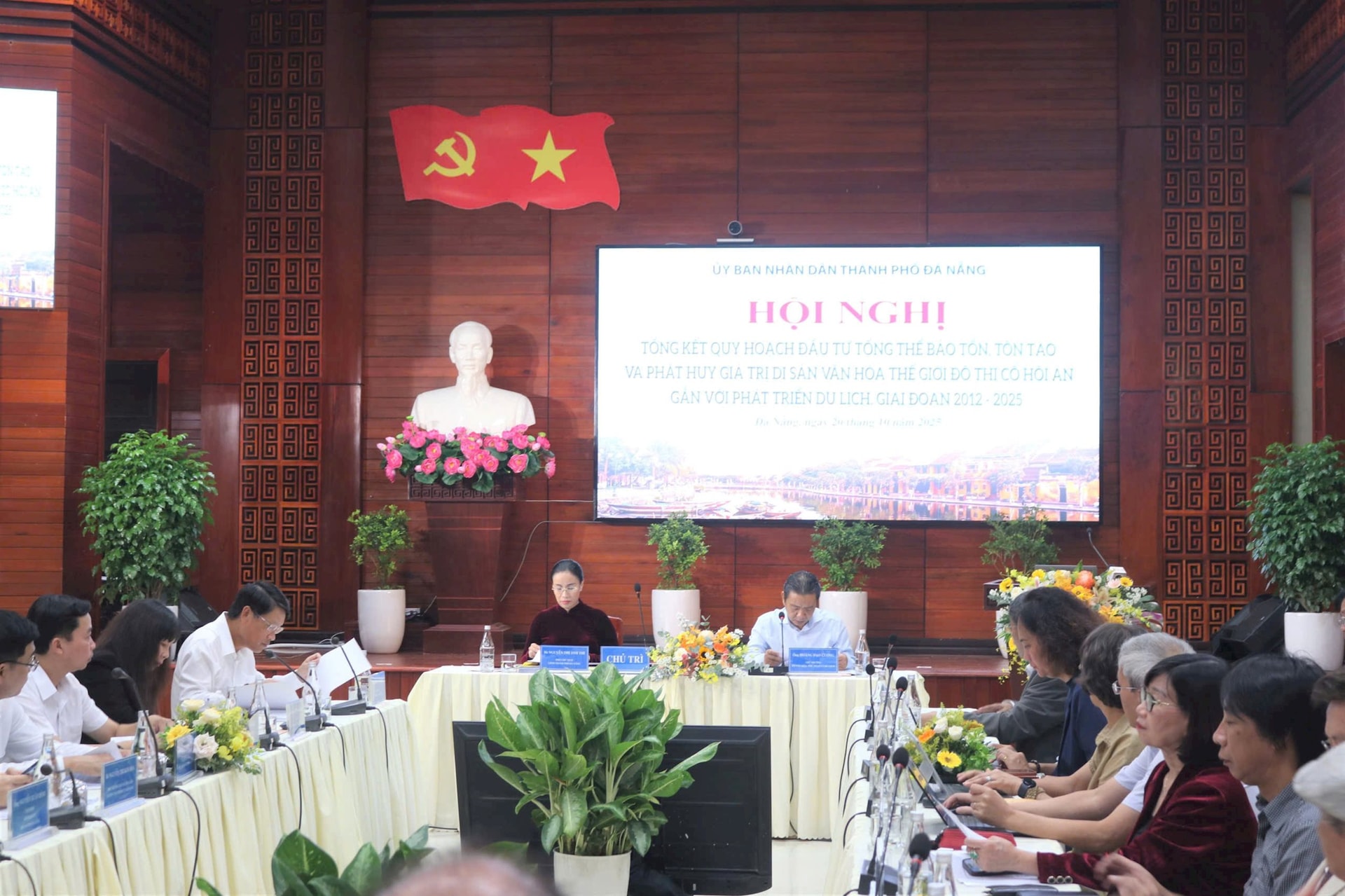
On the morning of October 20, in Hoi An ward, Deputy Minister of Culture, Sports and Tourism Hoang Dao Cuong and Vice Chairwoman of the City People's Committee Nguyen Thi Anh Thi co-chaired the conference to review the master plan for investment in conservation, restoration and promotion of the value of the World Cultural Heritage of Hoi An Ancient Town, associated with tourism development in the period 2012 - 2025.
Attending the conference were Deputy Secretary of the City Party Committee Ngo Xuan Thang and nearly 200 delegates, including representatives of leaders of central ministries and branches; UNESCO Office in Vietnam; leaders of the Da Nang City People's Committee; departments, branches, researchers, experts, international organizations and guests.
Many outstanding results in heritage conservation
According to the Department of Culture, Sports and Tourism of Da Nang city, the Plan for conservation, restoration and promotion of the value of Hoi An ancient town associated with the development of Hoi An city and tourism in the period 2012 - 2025 has been approved by the Prime Minister under Decision No. 78/QD-TTg, dated January 12, 2012.
During the 2012 - 2025 period, Hoi An city (old) proactively identified 18 detailed projects; at the same time, actively mobilized resources and arranged the city budget to implement the planning.
To date, 13 out of 18 projects have been completed, with a total cost of over 156 billion VND. This has significantly contributed to the conservation, restoration and promotion of the value of the World Cultural Heritage of Hoi An Ancient Town.
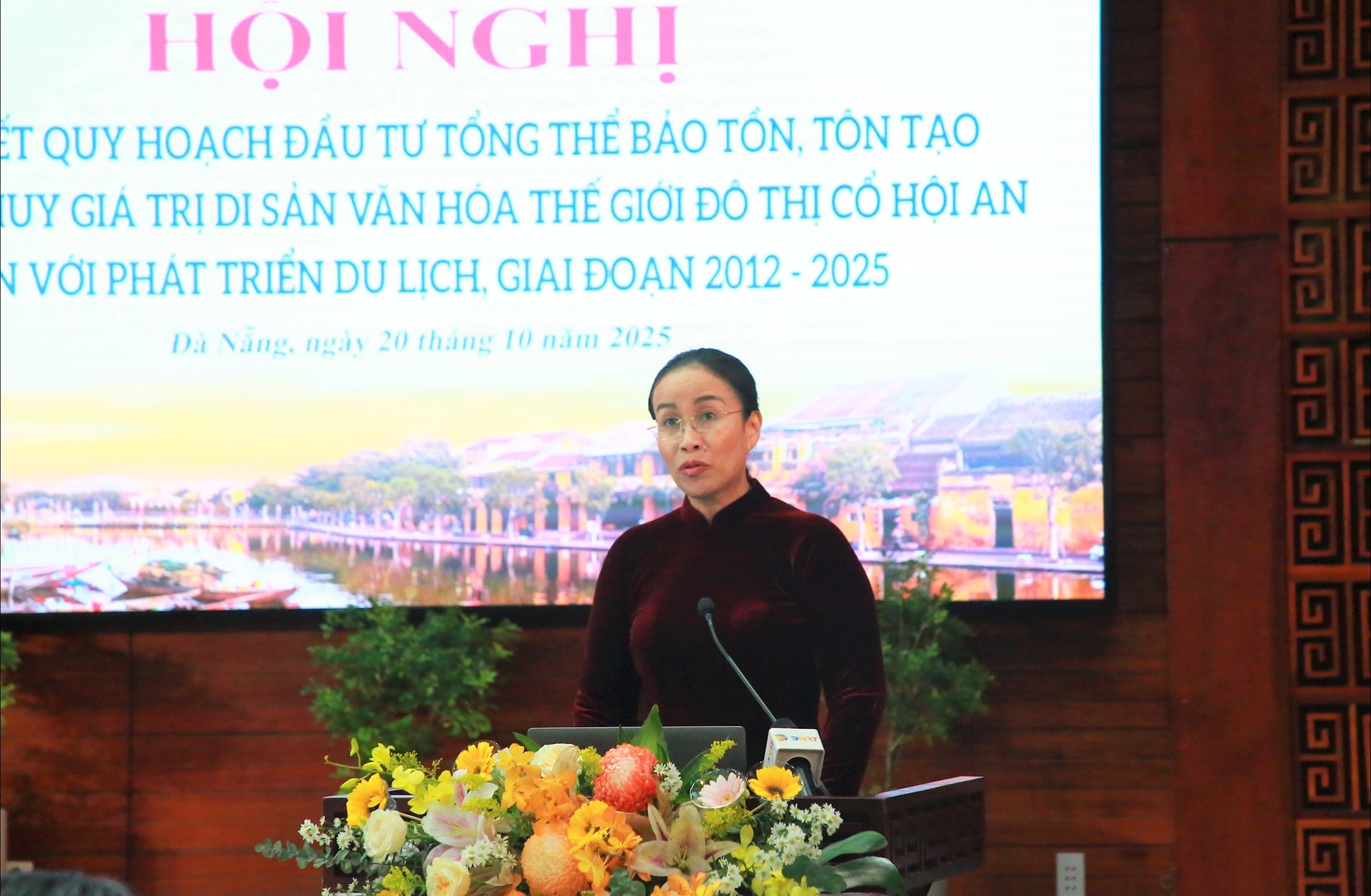
The conservation work of Hoi An Ancient Town is carried out comprehensively, including both tangible and intangible heritage. Currently, Hoi An owns 1 special national relic, 27 national relics, 50 provincial relics and 19 relics on the protection list for the period 2024 - 2029.
In the field of intangible heritage, Hoi An has carried out 23 research topics, organized 28 scientific seminars and had 8 heritages listed in the National Intangible Cultural Heritage List.
Traditional festivals such as the Ba Thu Bon festival, Bai Choi singing, and many other folk beliefs have been maintained and restored, creating sustainable cultural vitality for the ancient town.
Adaptive conservation work is promoted through many controlled functional conversion models. Typical examples are the Museum of Traditional Medicine, the Japanese Cultural Space and the Hoi An Traditional Art Performance Space, which aim to preserve historical values while serving tourism and traditional education.
In particular, the work of preserving traditional craft villages such as Thanh Ha pottery, Kim Bong carpentry, Tra Que vegetables, etc. is focused on, contributing to economic development in parallel with preserving indigenous cultural values. Along with that, the project of digitizing Hoi An heritage is being implemented to build an electronic database, serving the management and promotion of heritage in the digital age.
During the 2012-2024 period, the state invested nearly VND299 billion in 75 projects to restore and embellish relics. At the same time, local authorities also supported more than VND38 billion for 174 relics owned by private and collectives.
In addition, more than 340 relics have been treated for termite prevention with a total cost of over 8.5 billion VND, contributing significantly to the protection of ancient structures in the heritage site.
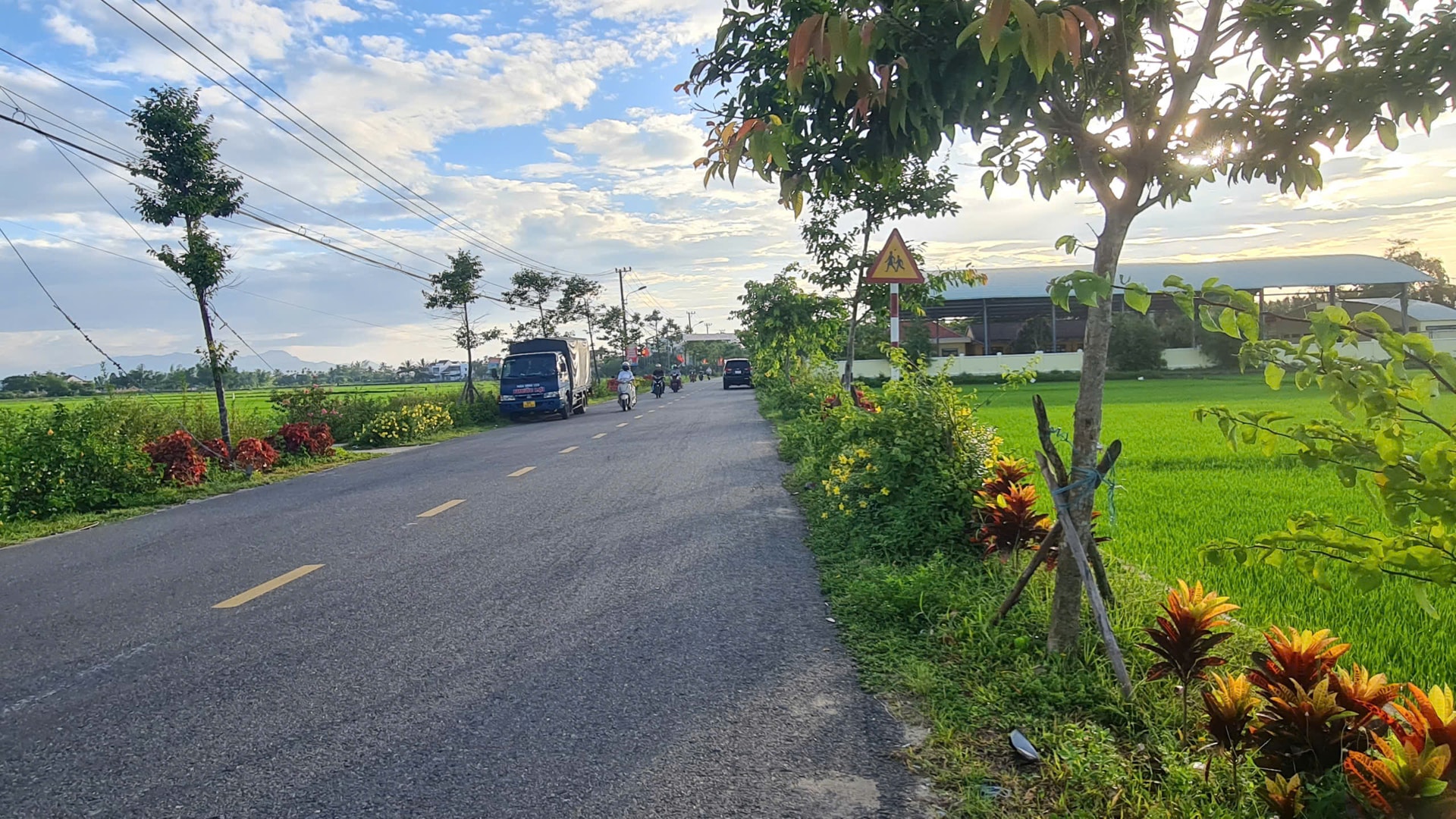
Tourism develops strongly, spreading heritage values
After 13 years of planning, tourism has become a key economic sector of Hoi An. In the period 2012 - 6/2025, the city has achieved 81 tourism titles voted by prestigious domestic and foreign organizations. Revenue from ticket sales to visit the heritage site also reached over 1,900 billion VND. In 2024 alone, Hoi An welcomed more than 4.42 million visitors, thereby affirming the sustainable attraction of this world heritage.
The Cu Lao Cham - Hoi An World Biosphere Reserve is strictly managed, effectively preserving the natural ecosystem. It has also become a symbol of the model combining heritage conservation, ecology and sustainable tourism development.
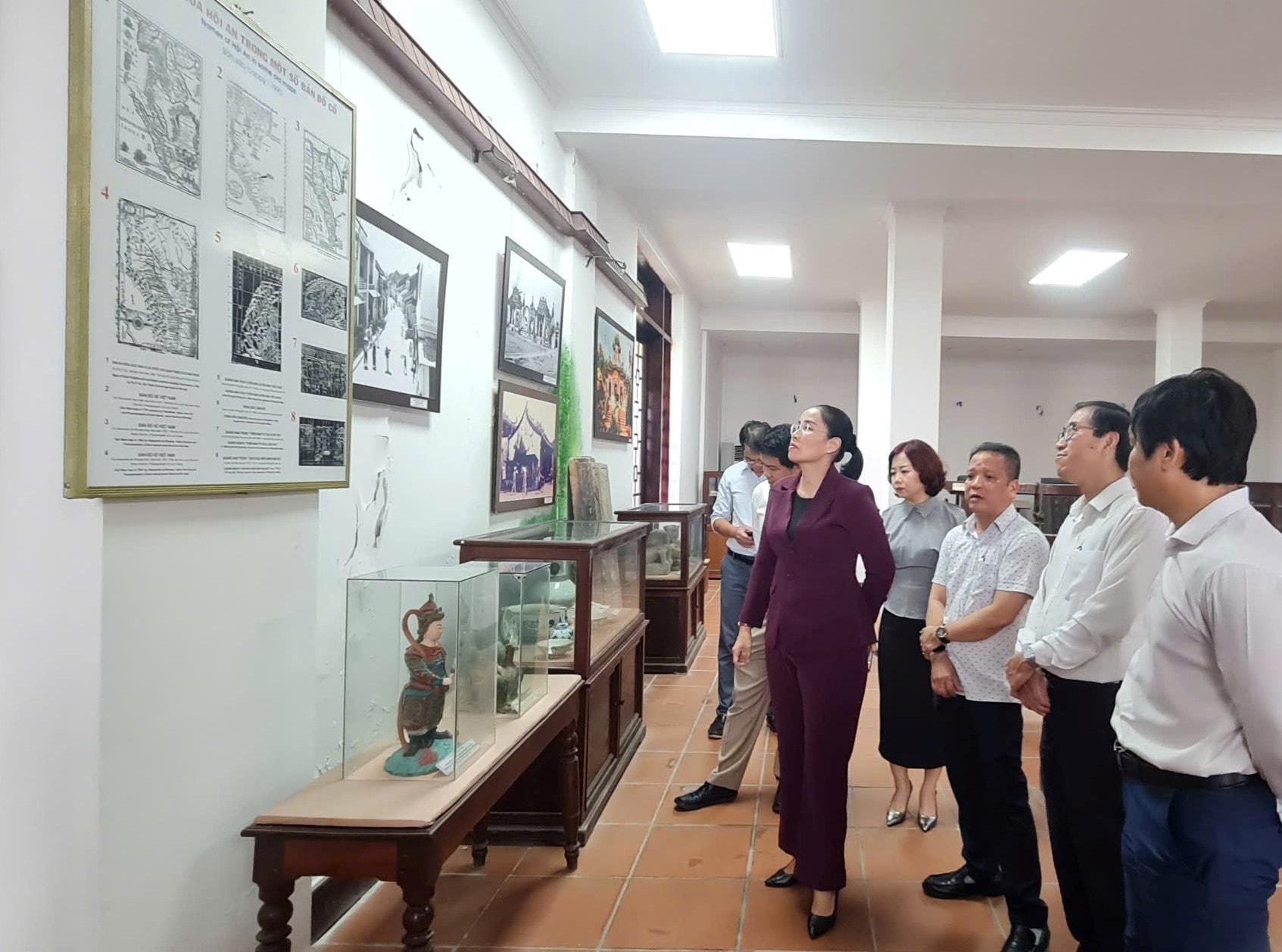
In addition to the achieved results, according to the Department of Culture, Sports and Tourism of the city, the implementation of the planning process still faces many limitations. Investment capital is still limited, mainly depending on the State budget. Mobilizing socialized capital and international aid has not yet achieved expectations.
The coordination mechanism between levels and sectors in management and operation is not really synchronized. The heritage management model has not kept up with the requirements in the new context, especially when the Law on Cultural Heritage 2024 and Decree No. 215/2025/ND-CP of the Government come into effect.
Risks from climate change, riverbank erosion, flooding, termites, fires and pressure from mass tourism are also posing significant challenges.
Harmony between conservation and development
The conference received many comments from managers and scientists on the planning of Hoi An Ancient Town in the new period. In response to the requirements of sustainable development, digital transformation and international integration, a new strategic master plan is needed, in line with the urban - heritage - tourism model that Da Nang city is aiming for in the future.
The Department of Culture, Sports and Tourism of Da Nang has proposed to develop a plan to preserve and promote the heritage value of Hoi An Ancient Town for the period after 2025. This plan needs to have a long-term vision, linking conservation work with urban development, tourism and ecology.
The new plan will focus on perfecting the heritage management model, in order to comply with the new legal framework and administrative structure after Da Nang city expands on the basis of merging with Quang Nam province.
The main objective is to ensure connectivity and unity in heritage management, while maintaining the integrity, authenticity and outstanding global value of Hoi An Ancient Town, in accordance with UNESCO-recognized criteria.
In addition, the city will continue to build mechanisms and policies to harmonize heritage conservation and socio-economic development. At the same time, it will promote digitalization, smart management and enhance the role of the community in preserving heritage.
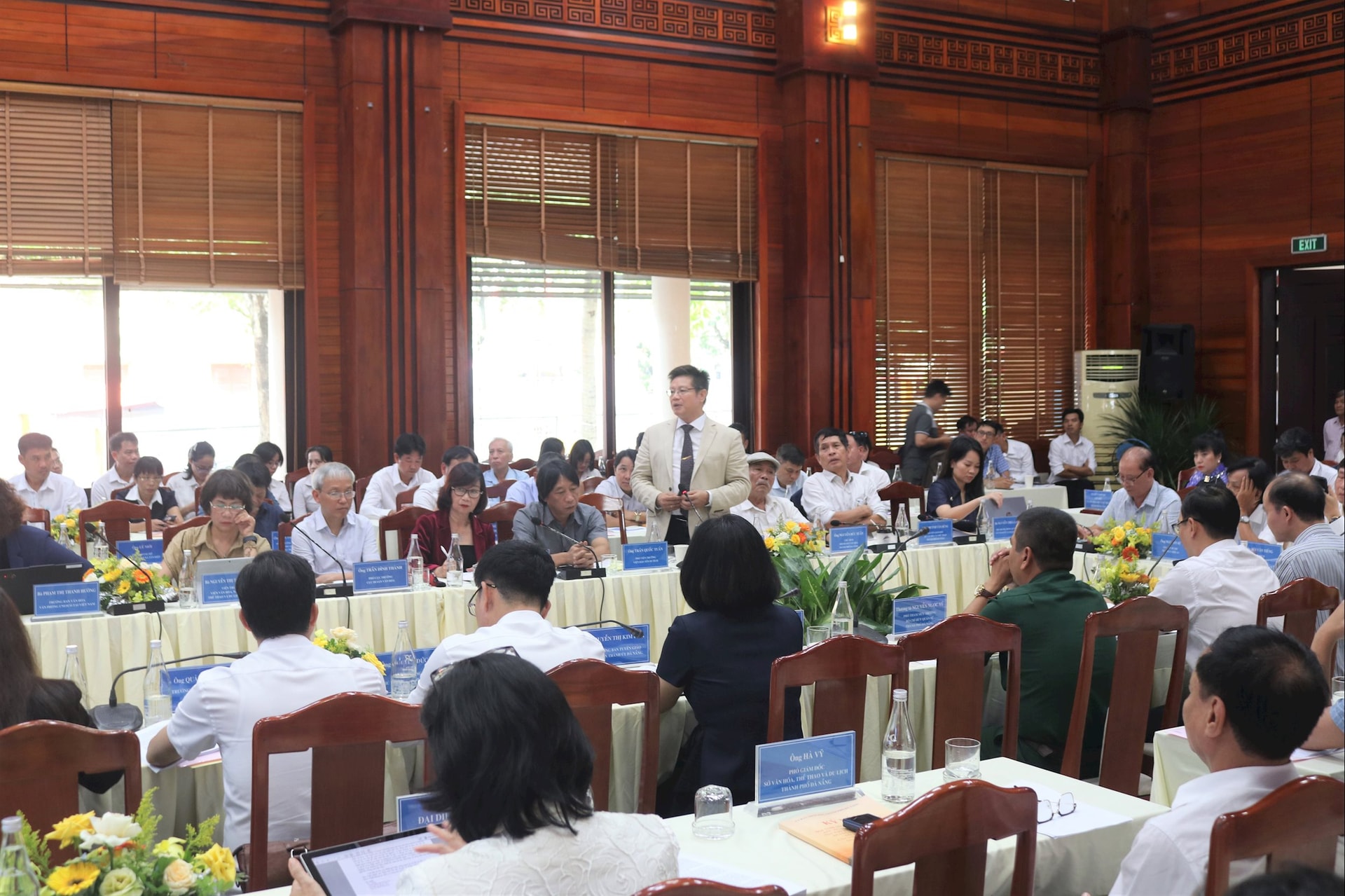
Deputy Minister of Culture, Sports and Tourism Hoang Dao Cuong commented that Hoi An has done a very good job in preserving and restoring the old town, especially in saving thousands of ancient houses from the risk of damage and loss. The locality has also strongly mobilized social resources for the preservation of the old town.
"The results of the past period need to be recorded, inherited and promoted for the next period. The limitations of the previous period also need to be reviewed, studied and considered as key tasks for the next period.
In the new planning, the goal is not to expand the geographical scope but to expand the cultural space of the old town. The planning of the old town needs to be placed in the overall planning of Da Nang city and the socio-economic development planning of the Central region.
"The space for preserving and developing Hoi An heritage needs to be diversified, ensuring regional connectivity and promoting sustainable development," Deputy Minister Hoang Dao Cuong emphasized.
Source: https://baodanang.vn/do-thi-co-hoi-an-sau-13-nam-thuc-hien-quy-hoach-tong-the-di-san-duoc-bao-ton-du-lich-phat-trien-ben-vung-3306833.html


![[Photo] Chairman of the Hungarian Parliament visits President Ho Chi Minh's Mausoleum](https://vphoto.vietnam.vn/thumb/1200x675/vietnam/resource/IMAGE/2025/10/20/1760941009023_ndo_br_hungary-jpg.webp)
![[Photo] Solemn opening of the 10th Session, 15th National Assembly](https://vphoto.vietnam.vn/thumb/1200x675/vietnam/resource/IMAGE/2025/10/20/1760937111622_ndo_br_1-202-jpg.webp)

![[Photo] Prime Minister Pham Minh Chinh meets with Speaker of the Hungarian National Assembly Kover Laszlo](https://vphoto.vietnam.vn/thumb/1200x675/vietnam/resource/IMAGE/2025/10/20/1760970413415_dsc-8111-jpg.webp)
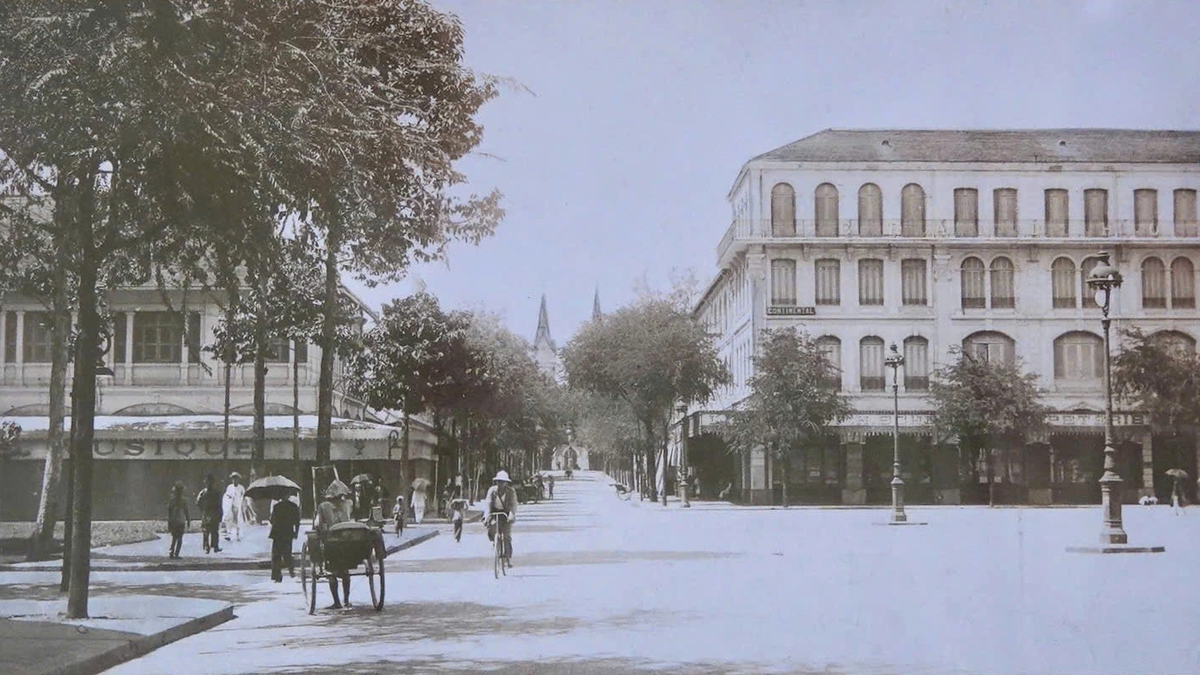
![[Photo] National Assembly Chairman Tran Thanh Man holds talks with Hungarian National Assembly Chairman Kover Laszlo](https://vphoto.vietnam.vn/thumb/1200x675/vietnam/resource/IMAGE/2025/10/20/1760952711347_ndo_br_bnd-1603-jpg.webp)
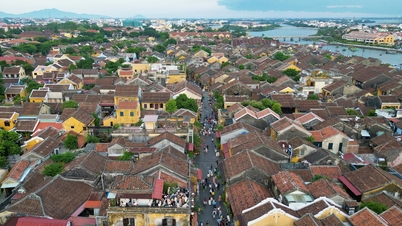

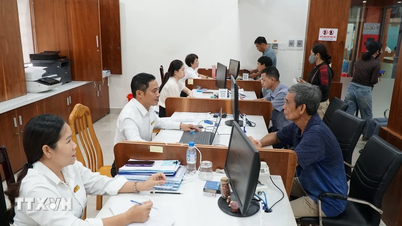

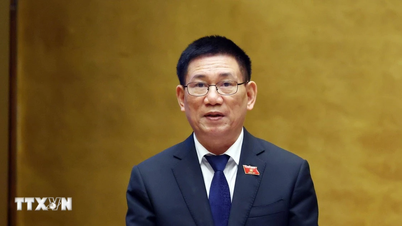
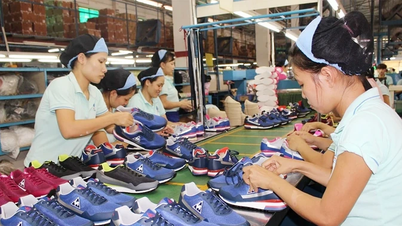

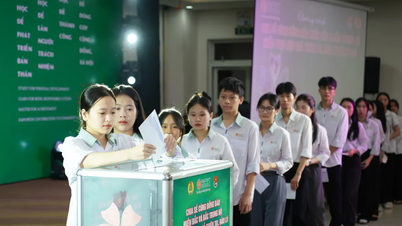


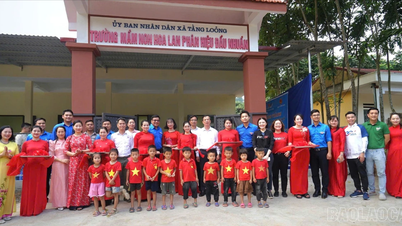

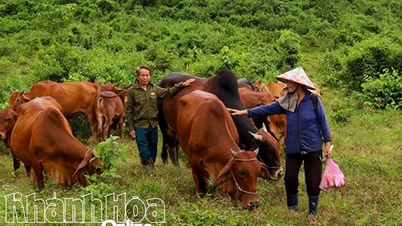

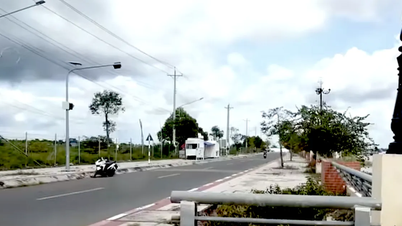
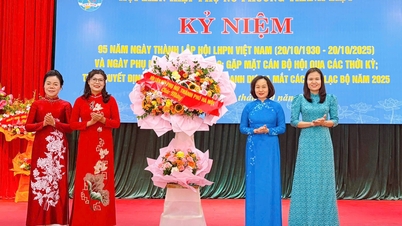

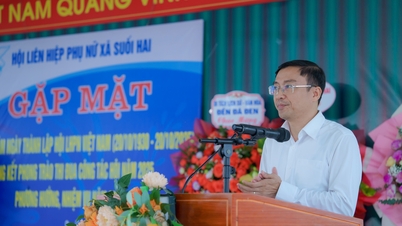





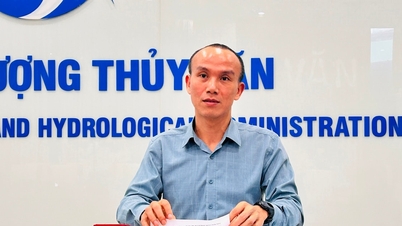
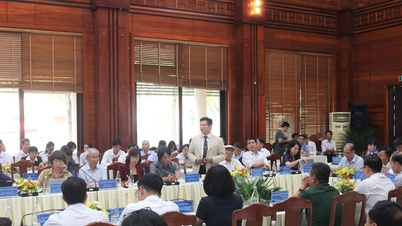

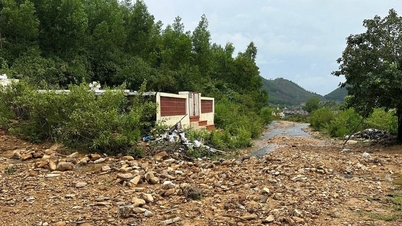
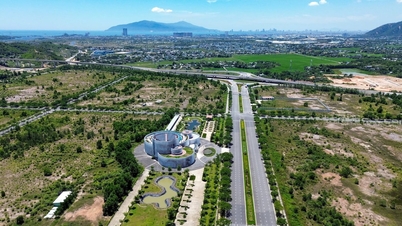
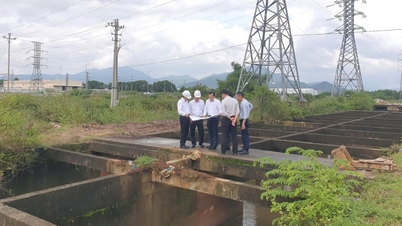
![[Photo] The Steering Committee of the 2025 Fall Fair checks the progress of the organization](https://vphoto.vietnam.vn/thumb/1200x675/vietnam/resource/IMAGE/2025/10/20/1760918203241_nam-5371-jpg.webp)


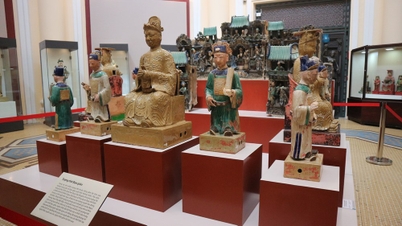
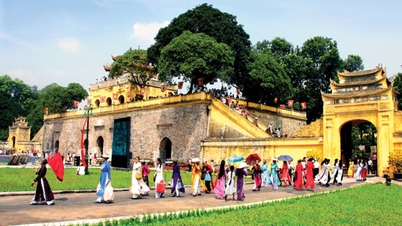

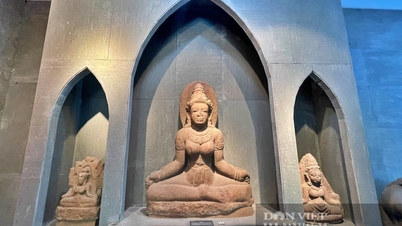

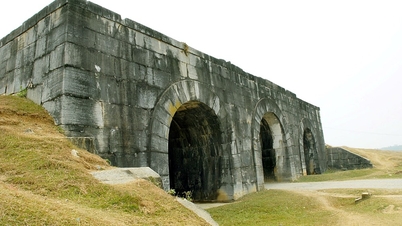
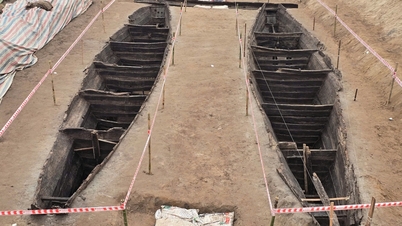

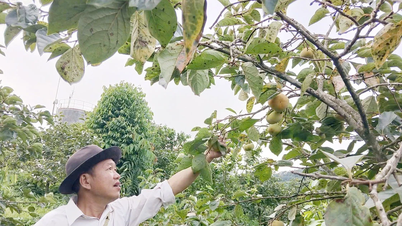




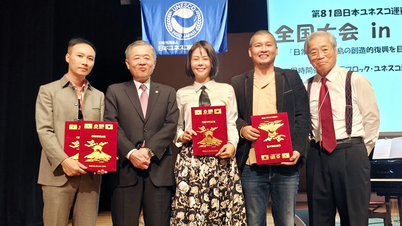

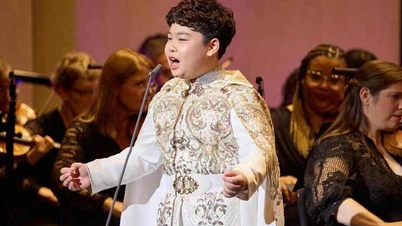




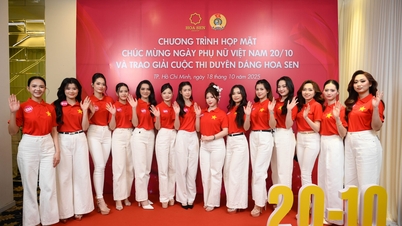
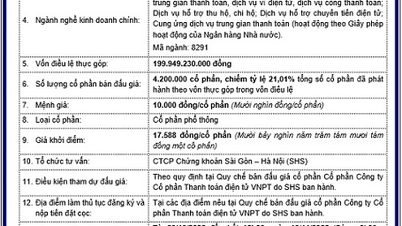
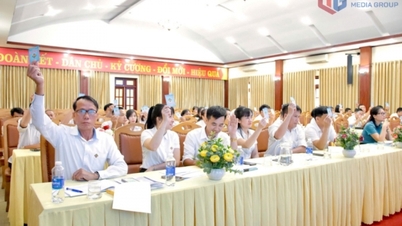

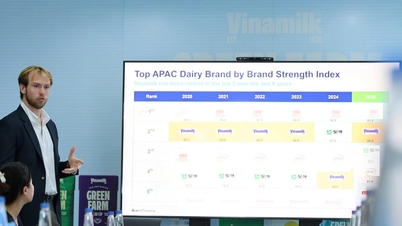

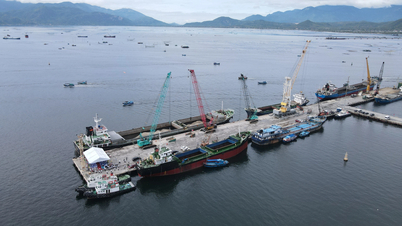








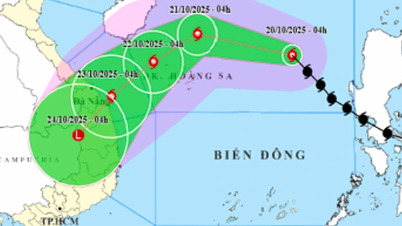

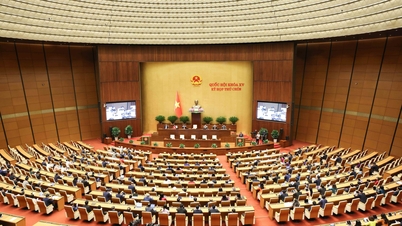

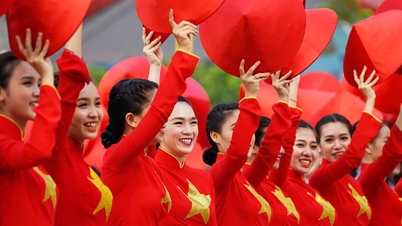

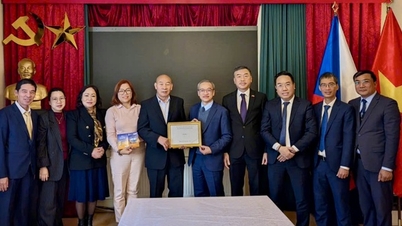

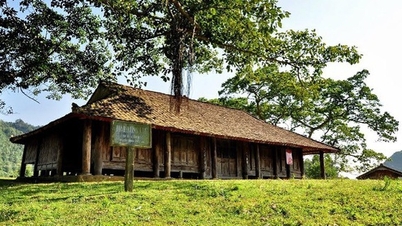
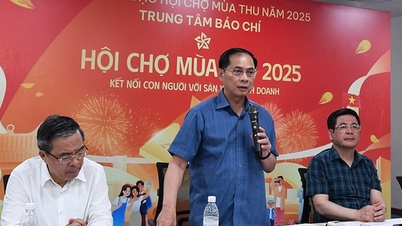
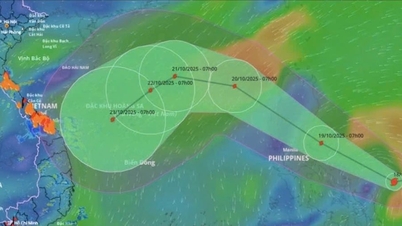



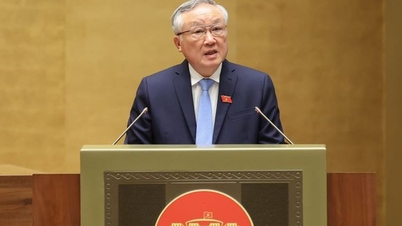
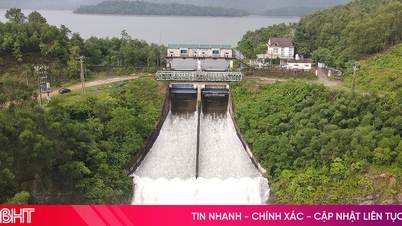

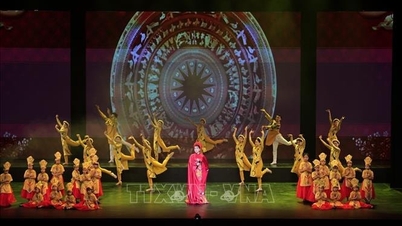

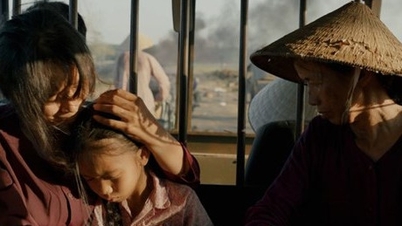
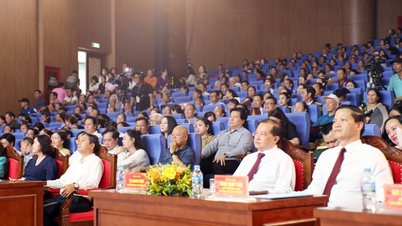











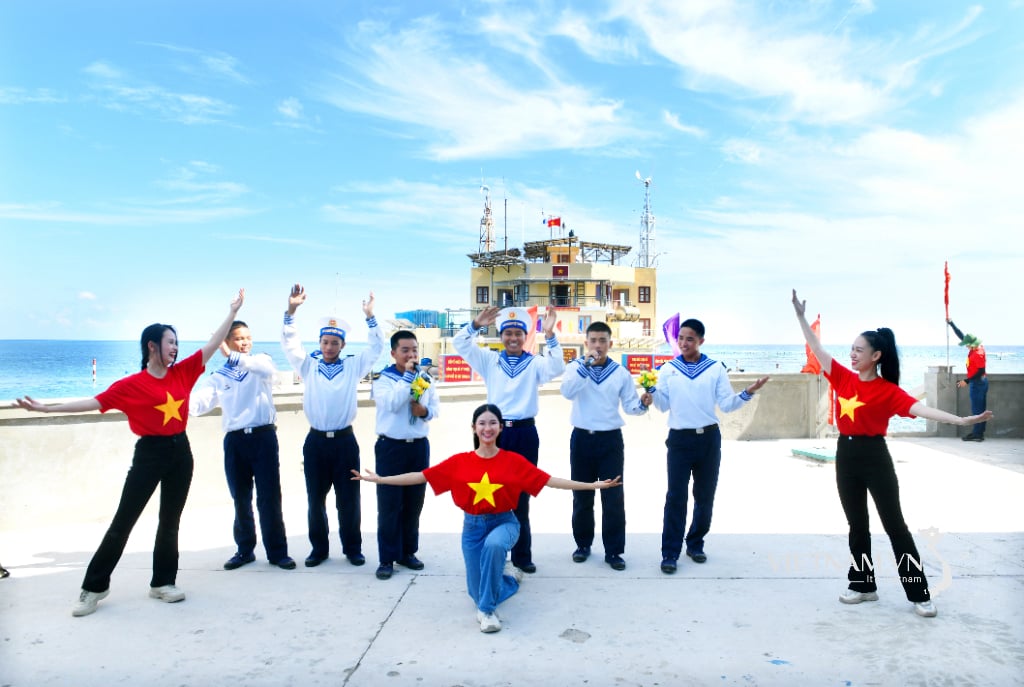
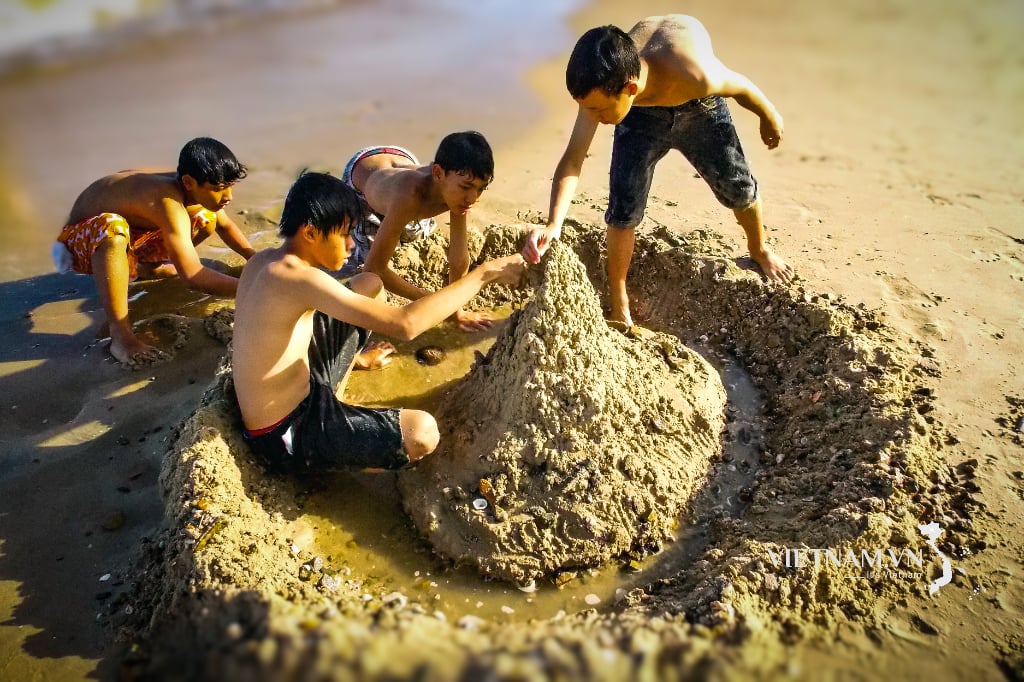
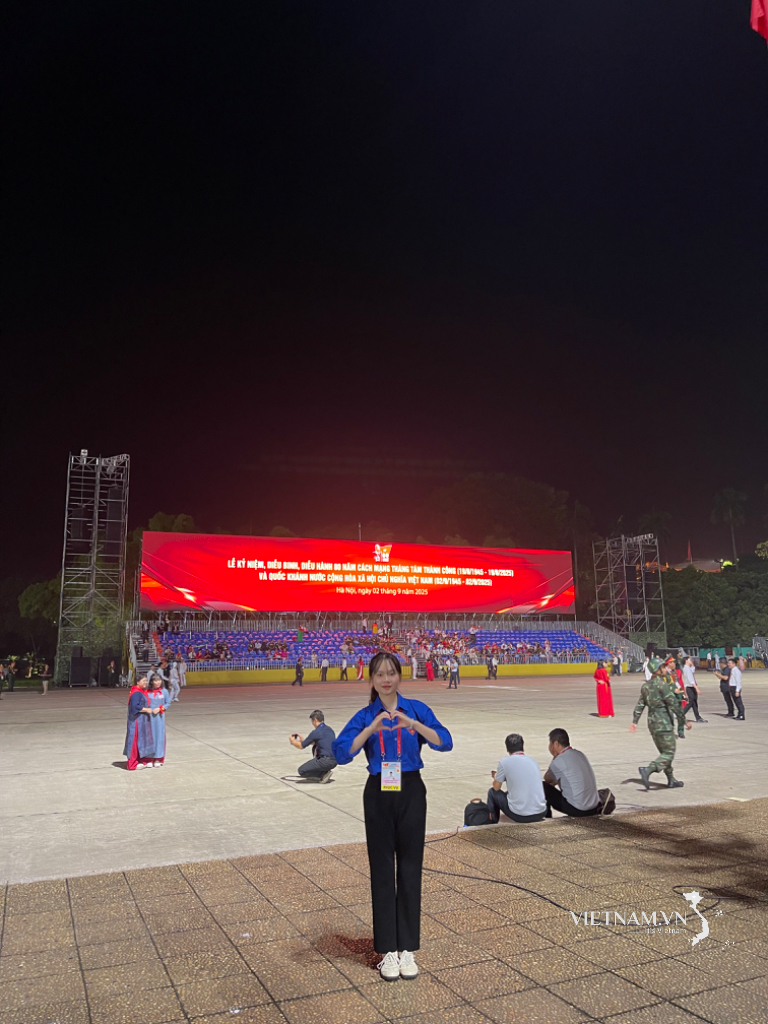
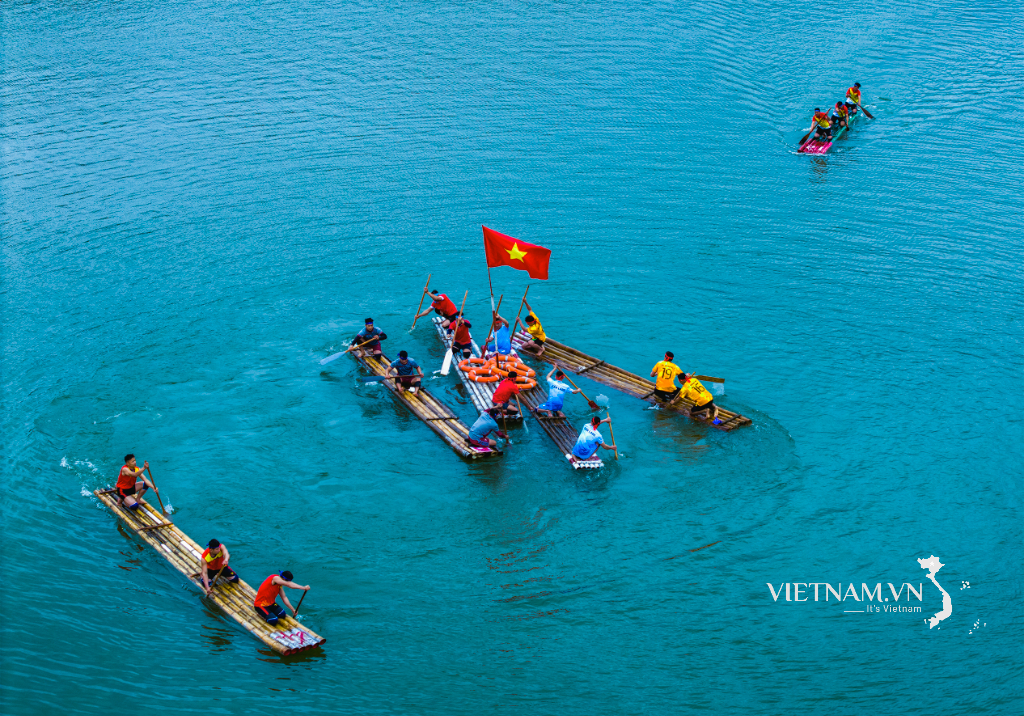
Comment (0)